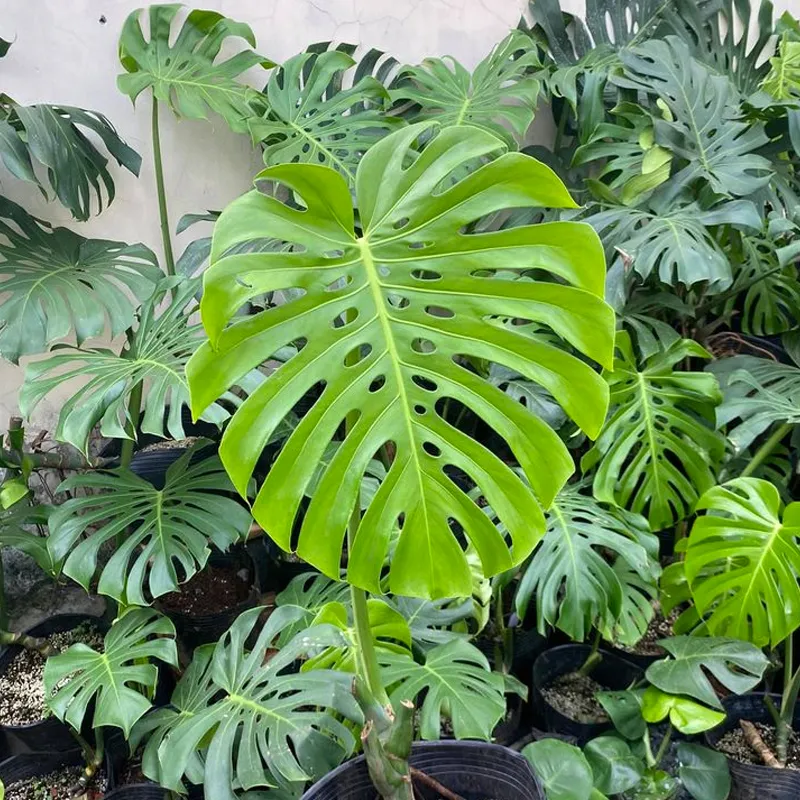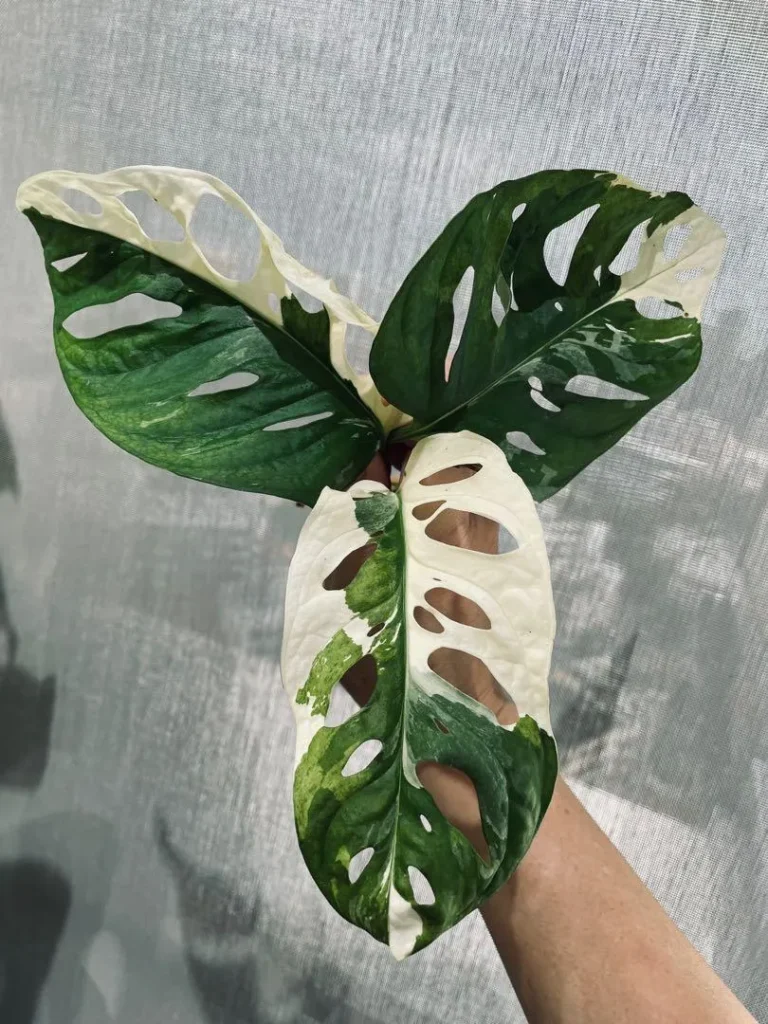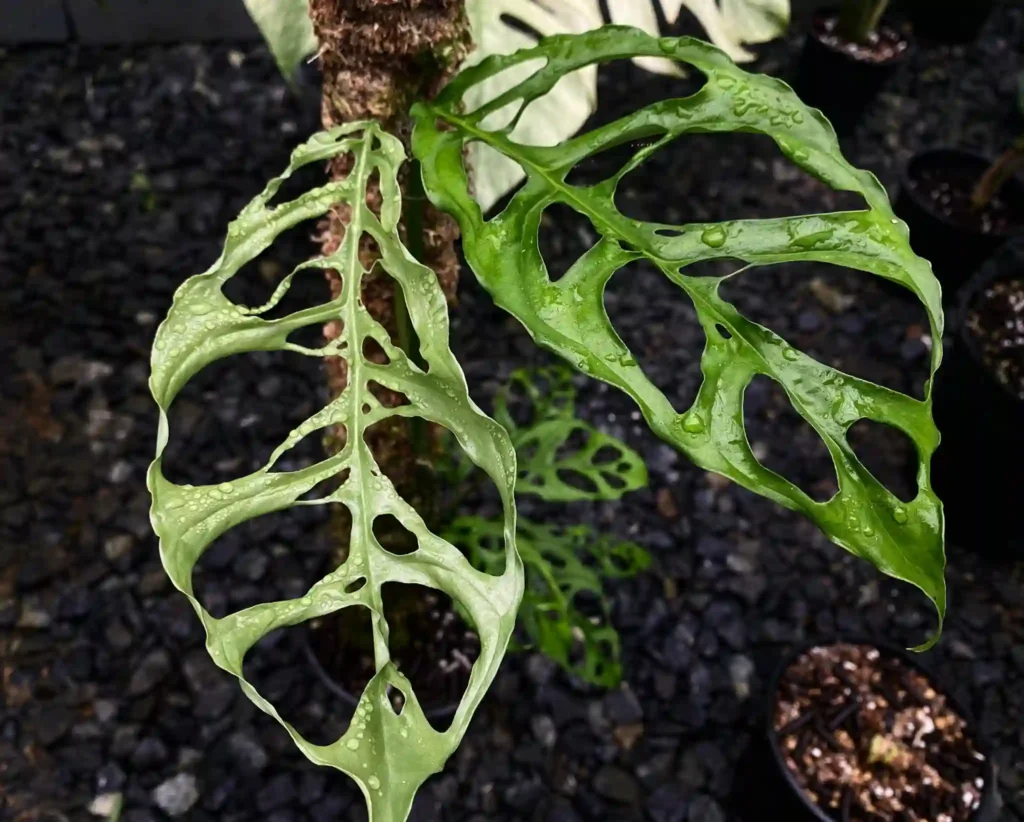Syngonium Red Spot Tricolor: A Collector’s Guide
Hello, plant enthusiasts! I’m Ferb Vu, and today we’re diving deep into the captivating world of the Syngonium Red Spot Tricolor. This stunning houseplant boasts a mesmerizing mix of colors and foliage, making it a coveted gem for collectors.
Whether you’re a seasoned plant parent or just starting your indoor jungle, this FAQ will equip you with everything you need to know about caring for this tropical beauty.
What is a Syngonium Red Spot Tricolor?
The Syngonium Red Spot Tricolor, also known as the Red-Spotted Arrowhead Vine, is a captivating epiphytic vine native to the humid rainforests of Central and South America. This climbing plant is prized for its vibrantly colored, arrow-shaped leaves.
Each leaf displays a unique blend of green, pink, and cream hues, often accented with distinct red spots. The variegation pattern can vary from solid sections to a delightful splash of colors, making each plant one-of-a-kind.
Syngonium Red Spot Tricolor vs Pink Splash
Novice plant enthusiasts sometimes confuse the two because the term Syngonium Red Spot Tricolor can also encompass the concept of Syngonium Pink Splash. However, differentiating between the two plants hinges on the fact that the tricolor variety typically displays more variegation, with patches of white intermingled within the green and pink hues.
How to care for Syngonium Red Spot Tricolor?
Light Requirements
The Syngonium Red Spot Tricolor thrives in moderate, indirect light. Avoid harsh, direct sunlight, which can scorch the leaves. Aim for bright, filtered light, similar to what it would receive under the rainforest canopy.
Watering Needs
Like most tropical plants, the Syngonium Red Spot Tricolor prefers consistently moist soil but not soggy. Allow the top inch of soil to dry out between waterings. Overwatering can lead to root rot, so err on the side of underwatering.
Temperature and Humidity
This tropical beauty enjoys warm temperatures between 65°F and 85°F (18°C and 29°C). Avoid exposing it to sudden temperature drops or cold drafts.
The Red Spot Tricolor flourishes in moderate to high humidity levels, similar to its rainforest habitat. If your home environment is dry, consider using a humidifier or grouping plants together to increase humidity.
Soil and Potting
A well-draining, airy potting mix is crucial for the Syngonium Red Spot Tricolor. A mixture of potting soil, perlite, and orchid bark can provide the ideal balance of drainage and moisture retention. Choose a pot with drainage holes to prevent waterlogging.
Fertilization
During the growing season (spring and summer), a balanced liquid fertilizer diluted to half strength can be applied every 4-6 weeks. Avoid overfertilizing, as it can damage the roots. Withhold fertilizer during fall and winter when the plant’s growth slows.
Propagation
Syngonium Red Spot Tricolor can be easily propagated through stem cuttings. Take a healthy stem section with a few nodes and leaves. Dip the cut end in rooting hormone (optional) and plant it in a moist, well-draining potting mix. Keep the cutting warm and humid, and new growth should emerge within a few weeks.
Common Problems
Here are some common issues you might encounter with your Syngonium Red Spot Tricolor:
- Brown leaves: This can be caused by underwatering, overwatering, or too much direct sunlight.
- Yellowing leaves: This could be a sign of nutrient deficiencies, underwatering, or aging leaves.
- Leggy growth: This indicates insufficient light. Move your plant to a brighter location.
- Pests: Mealybugs and spider mites can occasionally target the Syngonium Red Spot Tricolor. Regularly inspect your plant and treat infestations promptly with insecticidal soap or neem oil.
With its captivating colors and easy-going nature, the Syngonium Red Spot Tricolor is a true gem for any plant collection. By following these simple care tips, you can ensure your Red Spot Tricolor thrives and adds a touch of vibrant life to your indoor space. Happy planting!




